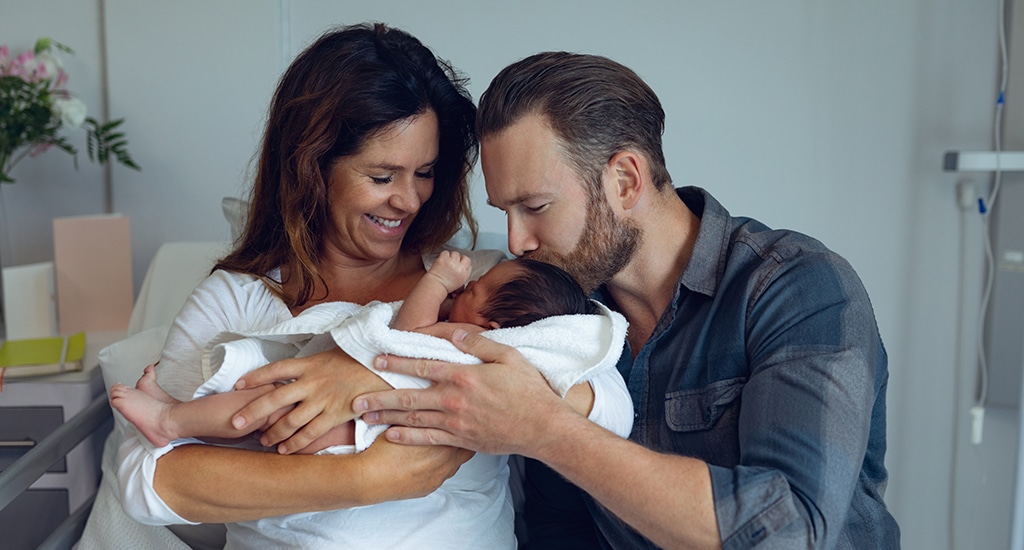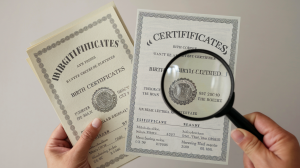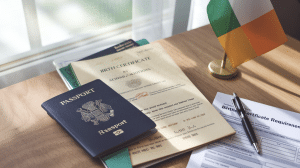Welcome, new parents and document seekers! One of the most important tasks after welcoming a new baby into the world is obtaining their birth certificate. This vital document is crucial for various aspects of your child’s life, from school enrollment to passport applications. In this comprehensive guide, we’ll walk you through the process of obtaining a birth certificate for your newborn, ensuring you have all the information you need to complete this essential task.
Understanding the Importance of a Birth Certificate
Before we dive into the application process, let’s take a moment to understand why a birth certificate is so crucial. A birth certificate is more than just a piece of paper; it’s an official record of your child’s existence and citizenship. Here are some key reasons why you need to prioritize getting this document:
- Proof of identity
- Enrollment in school and educational programs
- Applying for a passport
- Obtaining a driver’s license later in life
- Registering for social services
Now that we’ve established the importance of a birth certificate, let’s move on to the application process.
The Newborn Birth Certificate Application Process
Step 1: Gather Necessary Information
Before you begin the application process, make sure you have all the required information at hand. This typically includes:
- Full names of both parents
- Parents’ dates and places of birth
- Parents’ social security numbers
- Date and time of your child’s birth
- Place of birth (hospital name and address)
- Your child’s full name as you want it to appear on the certificate
Pro tip: Have all this information written down and easily accessible to make the application process smoother.
Step 2: Complete the Birth Certificate Application Form
Most hospitals provide birth certificate application forms shortly after your child is born. If you’re not given one, ask a nurse or hospital administrator for assistance. The form will require you to fill in all the information you gathered in Step 1.
Take your time to carefully review all the information you’ve entered. Remember, any mistakes on the birth certificate can be time-consuming and potentially costly to correct later.
Step 3: Submit the Application
Once you’ve completed the form, submit it to the appropriate person at the hospital. This is usually a designated staff member responsible for handling birth certificate applications. They will review your form for completeness and accuracy.
If you didn’t give birth in a hospital or missed the opportunity to submit the application there, don’t worry. You can typically submit the application directly to your local vital records office or health department within a specified timeframe after your child’s birth.
Step 4: Pay the Required Fees
There is usually a fee associated with obtaining a birth certificate. The cost can vary depending on your location, but it typically ranges from $10 to $30 for the first copy. Additional copies may be available at a reduced rate.
Note: Some hospitals include the cost of the first birth certificate in their childbirth package, so be sure to ask about this.
Step 5: Wait for Processing
After submitting your application and paying the fee, you’ll need to wait for the birth certificate to be processed. The processing time can vary depending on your location and the workload of the vital records office. It typically takes anywhere from a few weeks to a couple of months.
Step 6: Receive Your Child’s Birth Certificate
Once processed, you’ll receive your child’s birth certificate by mail. Some locations may offer the option to pick it up in person if you prefer.
Special Considerations
For Unmarried Parents
If the parents are not married, additional steps may be necessary to establish paternity. This often involves signing an acknowledgment of paternity form. Without this, the father’s name may not be included on the birth certificate.
For Same-Sex Parents
Laws regarding birth certificates for children of same-sex couples can vary by state. Some states allow both parents to be listed on the birth certificate, while others may require additional legal steps. It’s best to check with your local vital records office for specific guidelines.
For Adoptive Parents
If you’re adopting a newborn, the process for obtaining a birth certificate may differ. Typically, a new birth certificate is issued after the adoption is finalized, listing the adoptive parents as the child’s parents.
Keeping Your Child’s Birth Certificate Safe
Once you receive your child’s birth certificate, it’s crucial to keep it in a safe place. Consider these tips:
- Store it in a fireproof and waterproof safe
- Make several copies and store them separately from the original
- Consider keeping a digital copy in a secure cloud storage service
Conclusion
Obtaining your newborn’s birth certificate is a crucial step in documenting your child’s identity and citizenship. While the process may seem daunting at first, breaking it down into these simple steps makes it manageable. Remember, if you have any questions or concerns during the application process, don’t hesitate to reach out to your local vital records office or health department for guidance.
By following this guide, you’ll be well-prepared to navigate the newborn birth certificate application process with confidence. Congratulations on your new addition, and best of luck with this important task!







